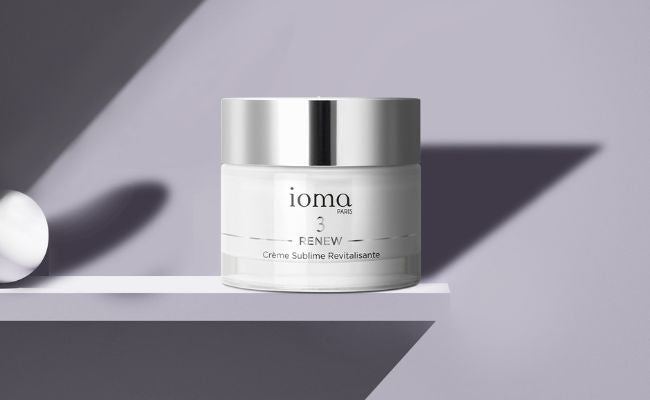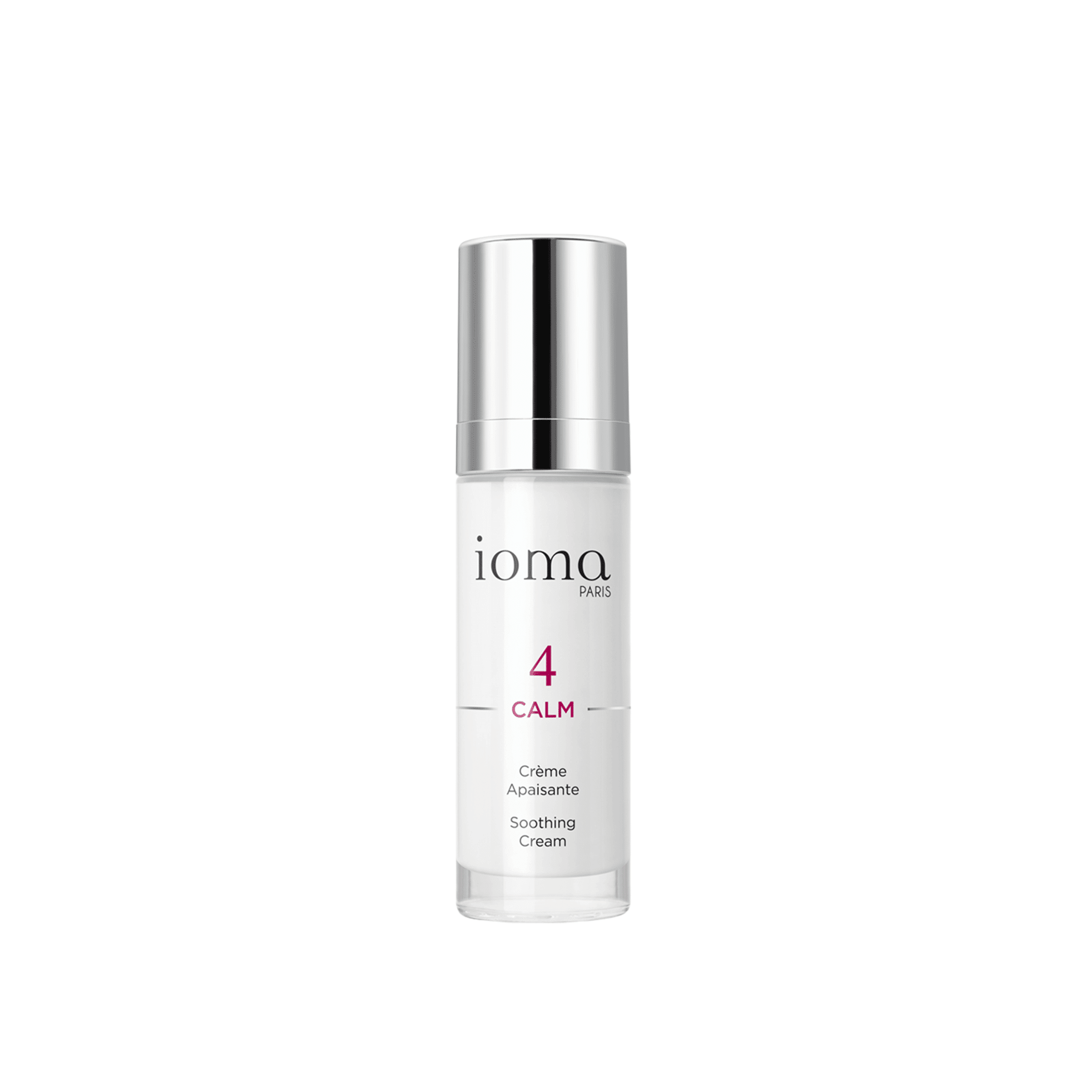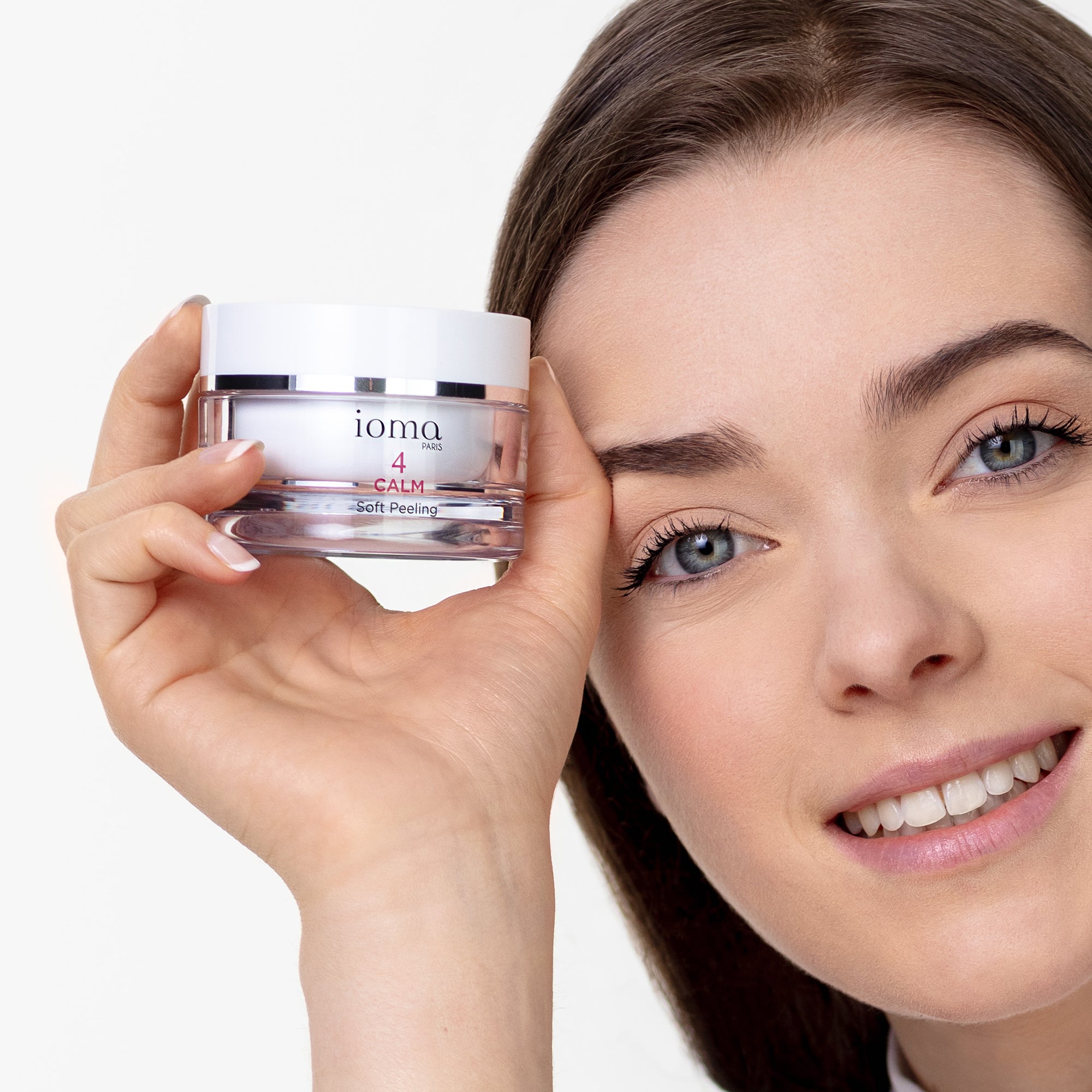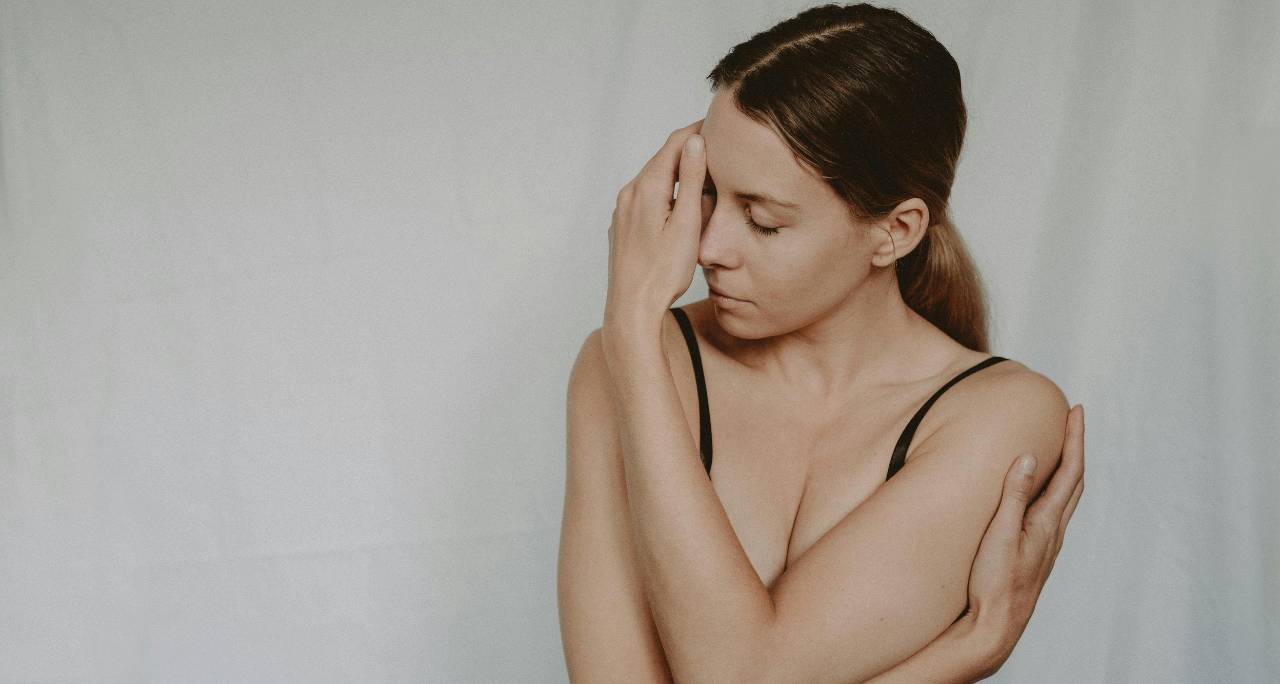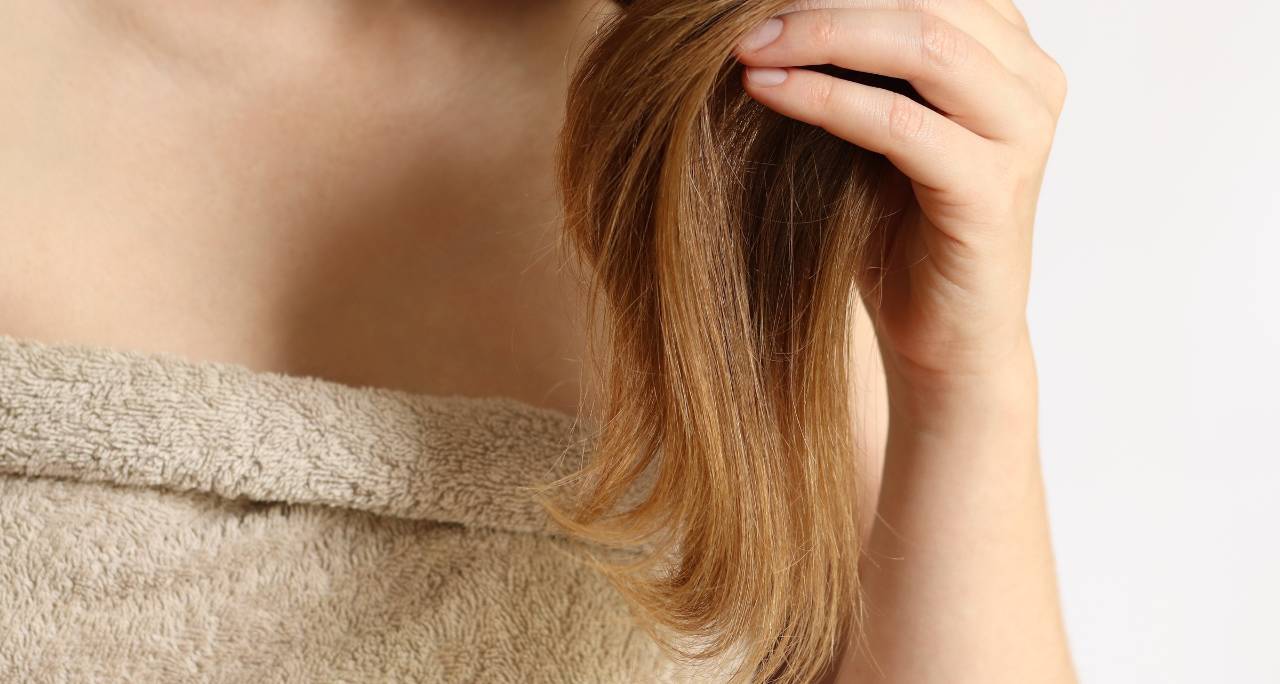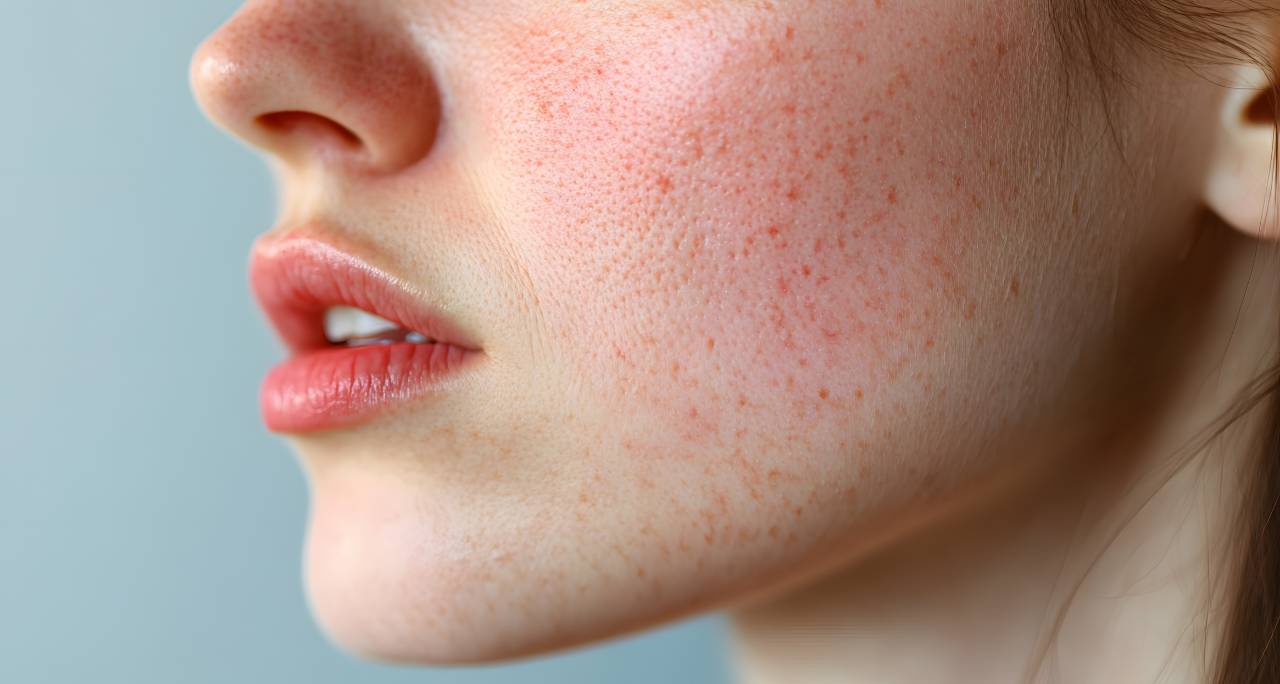
Facial redness: understanding its causes and preventing its appearance
Diffuse redness, localized patches, hot cheeks... facial redness affects many skin types, even those that aren't particularly sensitive. These skin reactions reflect an imbalance in the skin and hyper-reactivity of the blood vessels. Understanding why they appear is the first step to better prevent them and restore a soothed complexion.
Why does redness appear on the face?
Facial redness results from a phenomenon called vasodilation: the small blood vessels located under the skin dilate excessively, revealing a red color on the surface. This mechanism, which is completely normal during exertion or emotion, becomes problematic when it occurs repeatedly or too often.
A weakened skin barrier
When the skin's protective barrier (or hydrolipidic film) is impaired, it allows external aggressions to pass through more easily: temperature variations, wind, pollution, unsuitable cosmetics. The skin reacts with mild inflammation, which manifests as diffuse or localized redness.
More responsive microcirculation
Some skin types exhibit vascular hyperreactivity. Blood vessels dilate too quickly and take longer to constrict, causing persistent redness, particularly on the cheeks and sides of the nose.
The influence of stress and emotions
Stress , anger, or embarrassment stimulate the nervous system and promote the release of adrenaline. This hormone causes reflex vasodilation of the face: this is called the emotional “flush.”
The main triggers
Facial redness often has several combined causes. Among the most common:
- Temperature variations : going from hot to cold or vice versa causes sudden dilation of the capillaries.
- The sun: UV rays weaken vascular walls and accentuate skin inflammation.
- Alcohol and spicy foods: These stimulate blood circulation and accentuate temporary redness.
- Harsh cosmetics: Some products containing alcohol, perfume or highly concentrated acids can irritate sensitive skin.
- Stress: It increases nervous reactivity and cortisol production, promoting inflammation.
The different types of redness
Not all redness is the same. Recognizing it helps you adapt your routine.
Diffuse and temporary redness
They appear after exertion, emotion, or a change in temperature, then disappear quickly. They simply reflect a temporary reactivity.
Localized redness
These are small, warmer areas, sometimes associated with tightness. They often reveal a weakened skin barrier.
Persistent redness
They settle permanently on the cheeks or nose. We then speak of chronic redness: they are not pathological but require specific treatment to prevent them from intensifying.
How to prevent redness from appearing
Prevention is based on a gentle routine, consistent actions and products adapted to reactive skin.
Clean without harming
Cleansing should remove impurities and pollution without stripping the skin. Choose a gentle, sulfate-free milk or gel texture with a physiological pH. Avoid water that is too hot, which increases vasodilation.
Strengthen the skin barrier
An anti-redness or soothing cream helps rebuild the hydrolipidic barrier. Look for active ingredients such as:
- Niacinamide: Strengthens skin resistance and calms inflammation.
- Ceramides: restore the protective film.
- Panthenol or allantoin: immediately soothe feelings of overheating.
Soothe inflammation
Plant-based ingredients such as chamomile, centella asiatica and vitamin B5 have a calming and anti-redness effect.
The light, non-occlusive textures allow the skin to breathe and limit the feeling of overheating.
Protect from the sun
UV rays are one of the biggest enemies of redness-prone skin. Daily sun protection (SPF 30 minimum) is essential, even on cloudy days.
Adapt your lifestyle
Some simple reflexes help to reduce the frequency and intensity of redness:
- avoid very hot drinks or alcohol;
- limit sudden exposure to heat or cold;
- practice breathing or relaxation to calm nervous reactivity.
Good daily habits
Skin prone to redness needs consistency and gentleness. An ideal routine could look like this:
- Morning: Gentle cleansing + soothing mist + anti-redness moisturizer + sunscreen.
- Evening: delicate makeup removal + moisturizing treatment rich in restorative active ingredients.
- Once a week: Soothing or hydrating mask to strengthen the skin barrier.
When skin regains its balance, redness diminishes and skin tone becomes more even. The secret lies in consistency and gentleness: protect, hydrate, and soothe, rather than overdo it.
Redness isn't inevitable: it's a signal sent by the skin when it feels stressed. By listening to this signal, we can preserve skin health and restore a serene, radiant, and comfortable complexion.

